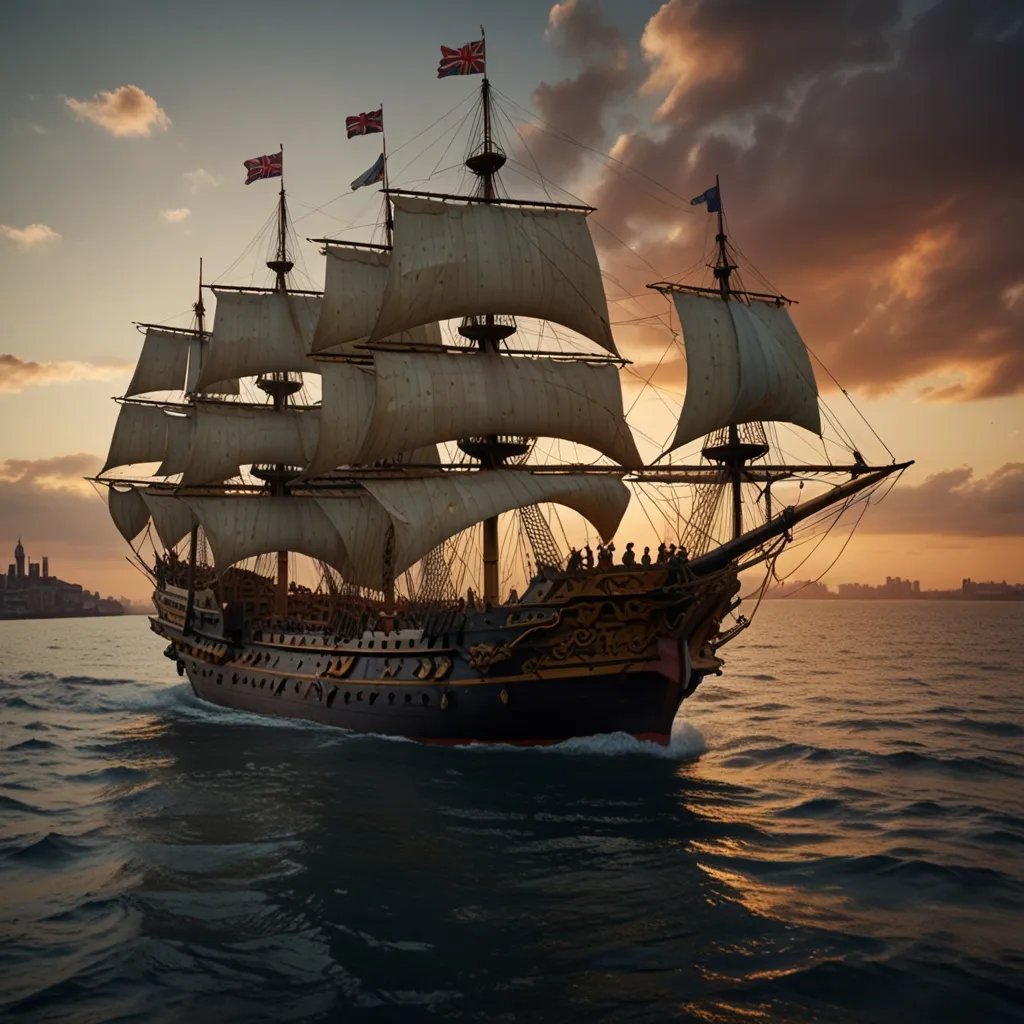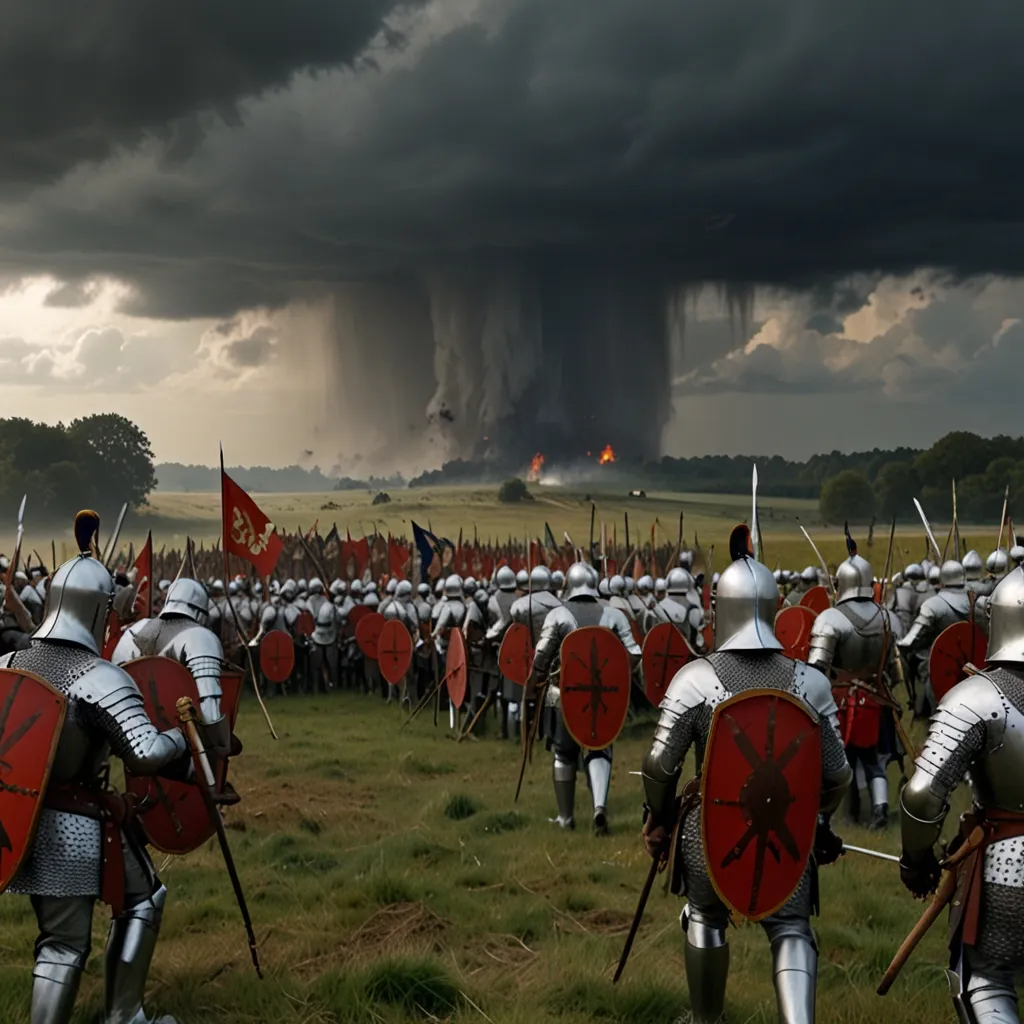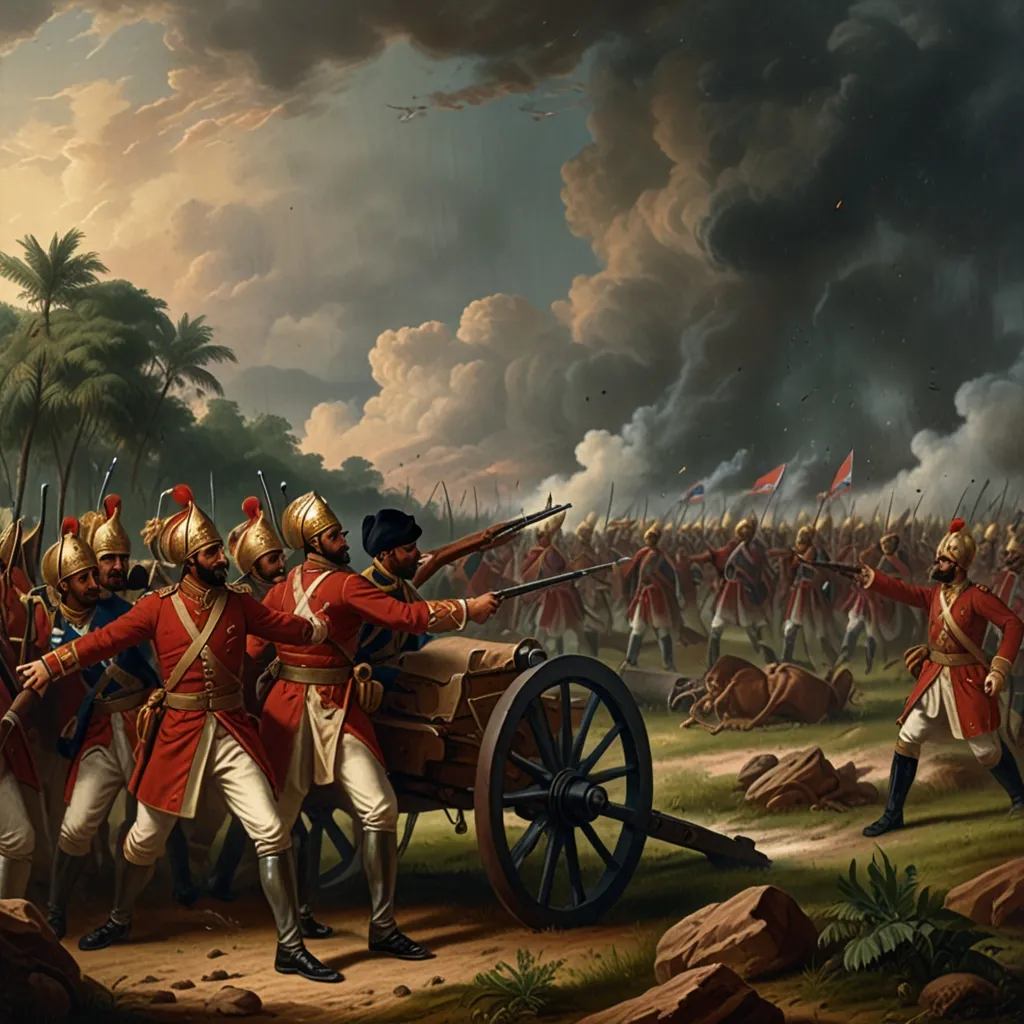The British Empire was a colossal entity that, at its height, stretched over a quarter of the world’s land and population. This vast empire began its journey in England under the British Monarchy, tracing back to the days of King Alfred, who in 878 AD defended his kingdom against Viking invasions. From these early days of conflict, England evolved, unifying its lands under leaders like King athlan in 927 AD, and expanding further through time into a global power.
The story of the Empire is a mix of extraordinary achievements and deeply troubling moments. Its expansion saw historic partnerships and rivalries, driven by early explorations, such as Giovanni Caboto’s (later John Cabot) voyages which claimed new lands in North America for the crown in 1497. This adventurous spirit, coupled with political motivations, laid the groundwork for later expansions, including King Henry II’s conquest of Ireland and King Edward I’s exertion over Wales.
The Empire’s appetite for land only grew stronger. Through the 100 Years War with France, and internal conflicts like the War of the Roses, England’s sovereigns expanded their influence, setting the stage for global conquests. But it wasn’t merely about acquiring lands—these expansions reflected England’s growing need to compete with other European powers in trade and dominance.
Significant milestones like Christopher Columbus’s voyages in 1492 opened new worlds, spurring the English crown’s desire to secure territories in the New World. The drive to explore and claim was wedded to an economic urge to tap into the lucrative markets of the East, with the likes of John Hawkins and Sir Francis Drake playing pivotal roles in maritime adventures—including controversial endeavors in the slave trade.
Politically, the Empire grappled with internal shifts, such as King Henry VIII’s break from the Catholic Church and the establishment of the Church of England, marking England’s spiritual and governance independence. This break laid foundations for later Reformations and internal changes that coincided with the global colonial race.
Fast forward to the 17th century, Jamestown established England’s robust colonial presence in America. Concurrently, English trade missions expanded into India, with merchants like William Hawkins setting up vital trade posts—all laying the groundwork for an eventual British hold over the subcontinent.
Amidst these expansions, England’s internal religious tensions saw groups like the Pilgrims and Puritans seek refuge and freedom in the American colonies, broadening England’s stake in the New World. This settlement carried on through the violent wresting of territories from Native populations, marking a dark chapter in the Empire’s ascent.
By the 18th century, the British Empire was an ever-expanding entity embroiled in international trade battles. The mercantile expectations led to strict colonial policies that imposed heavy control and paved the way for future Revolutionary Sentiments.
Yet, the Empire’s strength and stretch were also its vulnerability. Political tensions within its borders and with its colonies simmered beneath the surface. These began to boil over with events like the American Revolution, where the East Coast colonies famously declared their independence, throwing off colonial British rule—a sign that the Empire’s reach had its limits.
Despite this loss, British influence continued to cast a shadow across other continents. Colonial efforts in India faced resistance, notably with the Sepoy Mutiny of 1857, which ultimately led to the direct governance under the British Crown, known as the Raj.
Globally, the Empire solidified its presence through expeditions and treaties that redrew world maps, culminating in an era where the sun seemingly never set on the British flag. However, internal strife and external pressures would soon signal changes. Post-World War I sentiments shifted, and by the mid-20th century, a wave of decolonization saw many territories gain independence.
The British Empire, once a symbol of vast dominion, entered a period of decline, transitioning into a modern age where former colonies sought their own paths. The legacy of the Empire—its triumphs and tribulations—remain imprinted globally, casting a reminder of an era where exploration met exploitation, ambition met audacity, and history was forever altered. As London’s skies now reflect on a past empire, the United Kingdom’s story continues to evolve, writing new chapters beyond colonial conquests.






